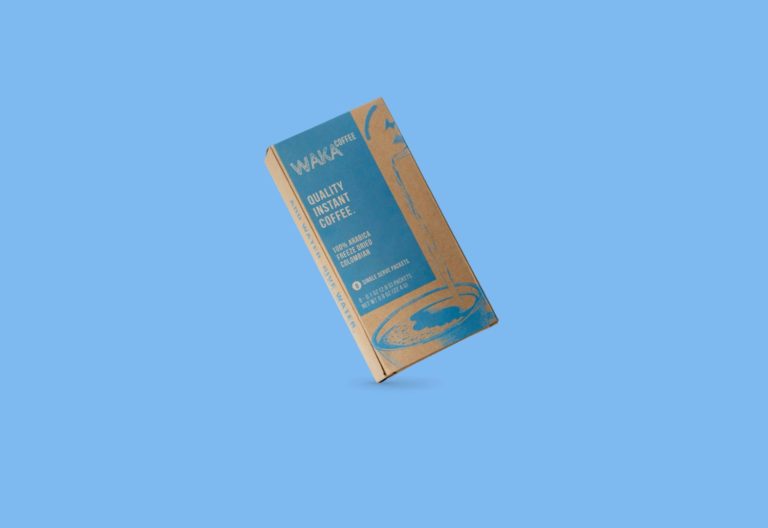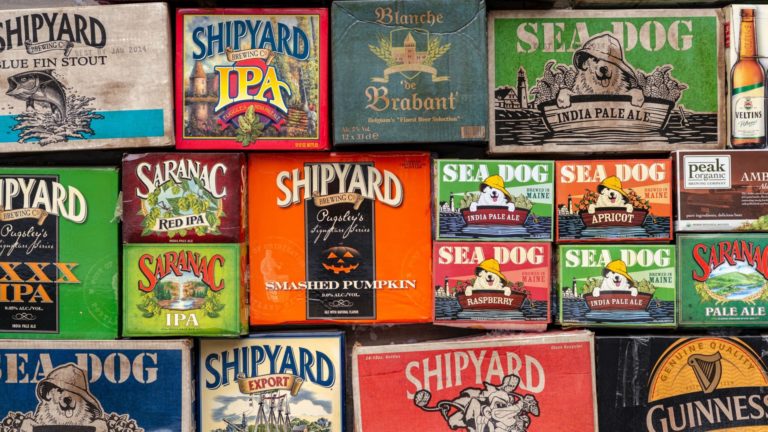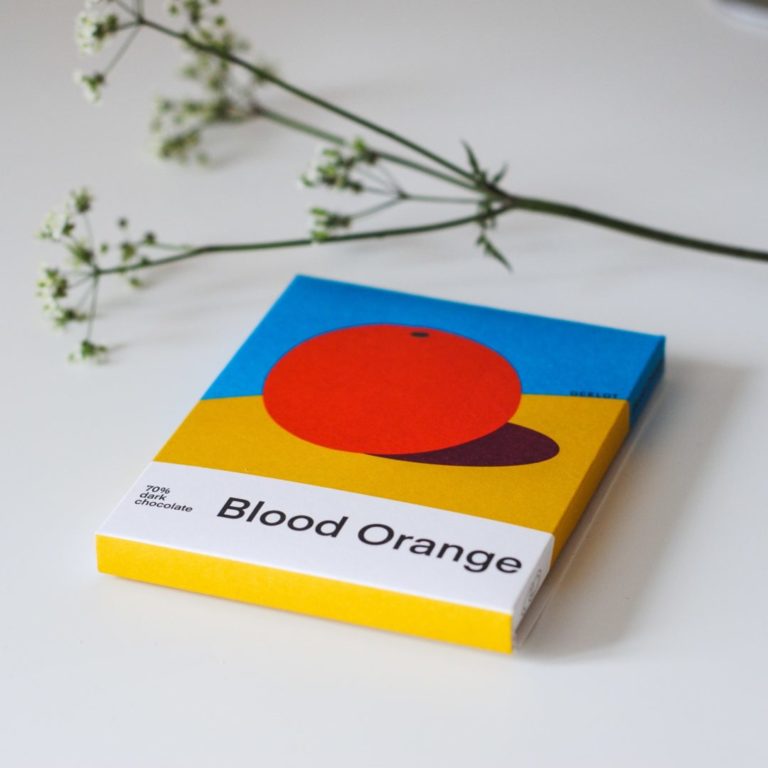Packaging is one of the first things you see when you look at a product in a store. It’s also the place where instructions, information, and even protection all come together. In this article, I’m going to cover the basics of packaging design and why it’s a key part of the overall product development process for protection, marketing, and sales, even in the world of online ordering.
Why is packaging design important?
You rarely touch a product first, but rather it’s the packaging. From a user experience point of view, packaging represents your product on many levels and is the first interaction your customers have with it.
It’s the communication channel through which your product first reaches your customers, it’s the way you package your products so that they can be moved, transported, and displayed safely.
It needs to distinctively convey your brand to your customers, it should convey the taste of your product, enhance its value, and give your customer an idea of its quality. Packaging can be as much an experience as the product itself is.
From the marketing point of view, packaging design is the expression of your brand. Some products can be hard to brand in an eye-catching way, but through packaging, you can achieve this. Packaging is also often where a customer will look to learn more details about the product, reference while assembling or compare against other products.
Packaging is also a way to take otherwise bland description text and make it visually interesting for a customer, even if they just look at a picture of your packaging online.
Your packaging should be attractive and help your brand stand out in the marketplace, generally without being offensive or overly garish.
So, if you want to sell your product, it’s important to understand how packaging design can help you.
Packaging is important for every product because it's part of their experience with your product and brand.
Ian Peterman, CEO Tweet
Packaging is also a way to take otherwise bland description text and make it visually interesting for a customer, even if they just look at a picture of your packaging online.
Your packaging should be attractive and help your brand stand out in the marketplace, generally without being offensive or overly garish.

So, if you want to sell your product, it’s important to understand how packaging design can help you.
Appealing Packaging Design

Make packaging appealing and engaging for the person who will be buying and interacting with your product.
Ian Peterman, CEO Tweet
Appealing packaging design means that your packaging should be attractive and show why your product is different to its competitors. It should also give your customer the impression that your product is superior to those around it.
Depending on the product, especially if the product is in a store, allowing the customer to see the product can be helpful, such as putting a viewing window in the packaging.
Your packaging, being indicative of your brand, should contain your logo, the name of your company and necessary product information. For regulated products with required information on the packaging, you can find creative ways to
Aesthetically pleasing packaging can often make a product stand out from the crowd. However, design elements shouldn’t be too abstract or too busy in order to create an effective visual impact.
Aisles of boxes of products are often just a blur. You may be tempted to use bold designs and shapes to show your product in its best light, and for some things which are in themselves artistically daring in their expressiveness, this can work, but when the product does not reflect this quality-type, too much of this can be distracting, disjointed, unreasonably dishonest and can confuse your customer.
Packaging that offers your product in a variety of subtly different themes will help your customer visualize your product range and increase their readiness to make decisions between the options of products x, y and z.
Consistency
Packaging design works best at representing your brand when there’s a degree of consistency throughout all your product’s different varieties and levels of quality. Think of Apple’s iPhone, iPad and MacBook ranges – there’s a characteristic ‘Appleness’ about them which helps build the comprehensiveness and interconnectedness of the picture of the company.
You may want to consider keeping the branding, color and quality of your packaging relatively consistent for all your products, not just for your higher end products, so as to increase the hold which you place on customers of all entry-capacities to your ecosystem or brand.
Consistency will help you build your brand, will help your customer understand your company and will create the best, longest-lasting impression.
Distribution
Packaging needs to be designed to be accessible by the end-user. This means that your packaging should be designed to be carried with ease and it should also be designed in a way that your customers can ‘sense’ what the product is without necessarily seeing it directly.
The majority of people are visual learners, so if your packaging doesn’t offer any educational information it can be frustrating for your customer and can hinder their readiness to buy. Also, if your packaging is designed in a way such that it needs to be physically lifted from the shelf to read, it can also be difficult for your customers to engage with.
Usability
Packaging should not be frustrating to the customer and the capabilities of those opening your package should be considered.
Ian Peterman, CEO Tweet
We’ve already mentioned that your packaging needs to be easy to use by the end-user. However, packaging should also be made accessible for people with different levels of ability.

For example, to accommodate for visually impaired people it may be of benefit to ensure that the material ‘feel’ of your range is distinctive and characteristically well-constructed, or that the brand uses symbols easily recognizable by those hard of sight; this will help remove barriers to your brand’s accessibility.
Of course, the design of packaging is imperative in the protection of the item itself, so the material choice must be very conscious about this.
Getting Visual
Another important consideration when it comes to appealing packaging design is that the product should be visually attractive. Packaging that offers your product in a variety of subtly different themes will help your customer visualize 2your product range and increase their readiness to make decisions between the options of products x, y and z.
Balance
A fine balance needs to be struck between that which looks good, and that which is of good material quality. To give a crude example, glass could be a great choice of packaging material, as it looks a lot more interesting than plastic or cardboard packaging.
However, it’s generally more brittle, too. The extent of the build quality should define the limits of aesthetic manipulation, not the other way round.
How much does packaging design usually cost, and what tools are used for it?
This depends on a number of factors, including size of the space available, the level of accuracy required, and the level of detail required. With most of the space you need to work with, you could use a free or paid drawing program such as Adobe Illustrator.
With professional tools you’ll see a wide range of software, some of which allow you to model and text objects for more intricate aspects of the packaging design, and others that offer a range of web and print formats. This tooling can cost a fair bit of money, but there are a number of options, so you can choose a package that will best suit the project for your company.
Usually, the biggest cost for packaging design is the time required to learn the necessary skills. As a result of this, most product investment teams will benefit from employing an in-house team, or as is probably more advisable, outsourcing to external design professionals, such as the Peterman Design Firm, whose product development skills include first-rate packaging design.
The benefits of this are manyfold; you gain extra, expert perspectives on how best to design packaging, you execute a delegation of resources, freeing up time for you and your on-site teams to work on other aspects of your businesses and lives, and the overall quality of your product design is enhanced. The costs of outsourcing can be found by requesting quotes.
How does packing design fit into product development?
It’s usually in the context of product development where it’s most useful to understand the importance of packaging design. Packaging can make or break a product, the way it feels in the hands and the way it looks on shelves. This is especially the case if the packaging design is part of a range of products, or if it’s often the only immediate link that customers have to a product. In this case, being able to design a product’s packaging is of immense value.
For products that require a multi-level price structure, it’s also helpful for packaging to form a visual reference point for consumers when purchasing one product from a range. Consumers can use packaging design to help them judge products in the retail environment.
I hope that this article has helped you to better understand packaging design, and its importance in product development. That in mind, I hope that you apply serious consideration to the matter when attending to your projects, and that you consider the multifaceted benefits of outsourcing this difficult series of details to experienced professionals, like Peterman.
Your Next Steps
Related Packaging Design BLOG Posts
3 Important Things to Consider When You Hire a Designer
Working with different clients, I learned that there are many things that I find important. One of these important things is how to make it easier when you hire a designer. I found out that these three things are crucial if you want to hire the best designer for your project.
7 Ways to Annoy Your Designer – and You
I’d like to go over a few things that you shouldn’t do with your designer, unless you don’t want to work with them of course.
Products Need Branding
When most people think of branding, they think of businesses getting logos, colors, fonts, etc. But products need this as well.


